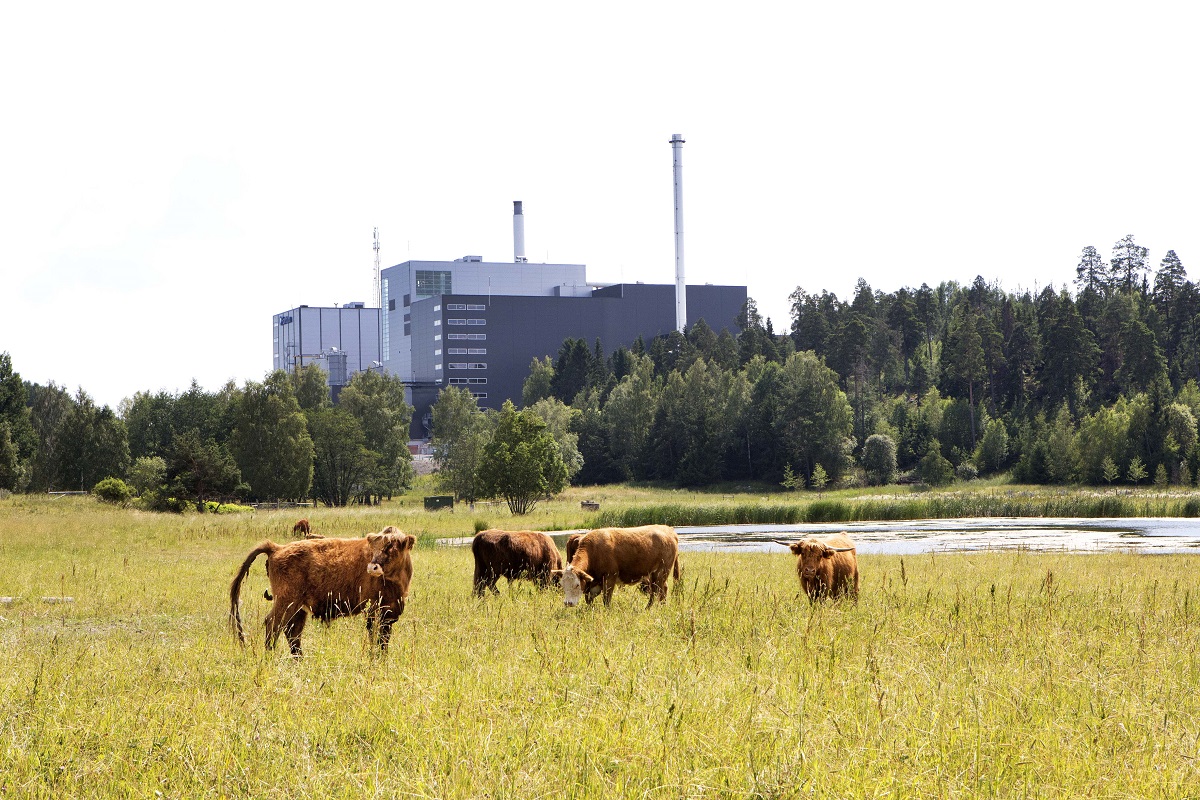ESWET welcomes the opportunity to contribute to the EU Emissions Trading System’s revision (EU ETS). The waste management sector bears an essential role in the EU’s ambition to achieve carbon neutrality by 2050. Waste-to-Energy contributes by treating the fraction of municipal waste unfit for recycling, as a part of the Effort Sharing Regulation.
The inclusion of waste incineration in the EU ETS would run against its overarching objective of reducing emissions. It is likely to trigger more landfilling of non-recyclable waste and more use of fossil fuels.
Indeed, reducing Waste-to-Energy plants’ capacity would increase the amount of non-recyclable waste sent to landfills, negatively impacting the Members States’ objectives of 65% recycling and 10% landfilling rates by 2035. Alternatively, the waste would be transported outside the EU ETS zone, potentially shipped to countries with less stringent environmental standards. In this context, it could be appropriate to consider taxing waste exports based on their environmental harm potential.
In 2018, Waste-to-Energy plants supplied electricity to 18 million EU citizens and heat to 15 million EU citizens. At least half of the energy output from Waste-to-Energy plants is considered renewable. With a reduced amount of the energy recovered by these plants, there would be an increased need for other constant energy sources, resulting in a possible increase in fossil fuels demand.
“We believe that including Waste-to-Energy into the EU ETS would miss the target as it would not reduce greenhouse gas (GHG) emissions from the waste management sector,” said Anabelle Schatten, ESWET Policy Officer. “Indeed, the sector’s GHG impact is not limited to direct CO2 emissions: it includes other factors, such as methane emissions from landfills, energy savings through recycling, and GHG offset by energy recovery”.
Waste-to-Energy remains the best technology when it comes to dealing with waste unsuitable for recycling. Applying the obligations of the EU ETS on energy recovery from waste would not only hurt climate mitigation but would also affect the circular economy objectives.











With regard to ESWET’s claim that the inclusion of EfW within the EU ETS will lead to an increase in landfilling then in our experience such claims are overstated.
In fact, emissions from waste incineration are already included in the EU Emissions Trading System (ETS) Directive, except for municipal and hazardous waste. When a Member State classifies an installation as co-incinerator, it is also covered by the EU ETS. Member States may choose to opt-in emissions from additional activities not covered by the EU ETS Directive. For example, Denmark and Sweden have already included their municipal incinerators in the scope.
Moreover, there are many benefits of including incinerators in the scope. Firstly, the inclusion will help to correct the unfair competition with other energy producers especially of those using renewable sources such as wind and solar renewable energy that have to compete with energy produced by municipal incinerators. Since burning waste results in much higher CO2 emissions (250–600kg CO2 /per tonne of waste) than burning fossil fuel, continued use of incineration is simply delaying a much needed, and urgent, transition to less carbon-intensive power generation infrastructure
Secondly, a higher gate fee (thanks to ETS costs) would also encourage better waste management such as improving sorting and recovery of materials from the residual waste, and incentivise waste providers to decrease the share of the fossil content in waste input, especially if the higher costs could be allocated towards them. This can eventually contribute to a lower impact of burning, which is and must be kept as, the strategic priority. Some operators (e.g. ROAF plant on the out skirts of Oslo) and are have started doing front-end removal of plastics and other materials for recycling purposes. Some countries have gone even further by setting targets to reduce the overall amount of waste incinerated i.e. Denmark and several regions of Belgium.
Finally, higher costs of incineration would also create an enabling policy framework for non-incineration alternatives such as material recovery and biological treatment (MRBT) facilities. MRBT systems combine biological treatment and sorting equipment that allows us to “stabilise” the organics that are included in residual waste, so as to minimise
their impact once buried in a landfill, while also helping to recover materials such as metals, plastics, paper that are often still included in residual waste after separate collection. MRBT types of installations are climate-friendly, since through biological stabilisation they only degrade biogenic materials and recover fossil-based materials (or finally landfill them, sequestering carbon) whilst fossil-CO2 would get released through incineration (a large part of which is made of plastics and other fossil-based materials as artificial textiles). This is of particular importance, given the ongoing decarbonisation of the EU economy and energy production, which implies the need to reduce GHG emissions progressively and steadily to achieve net zero by 2050.